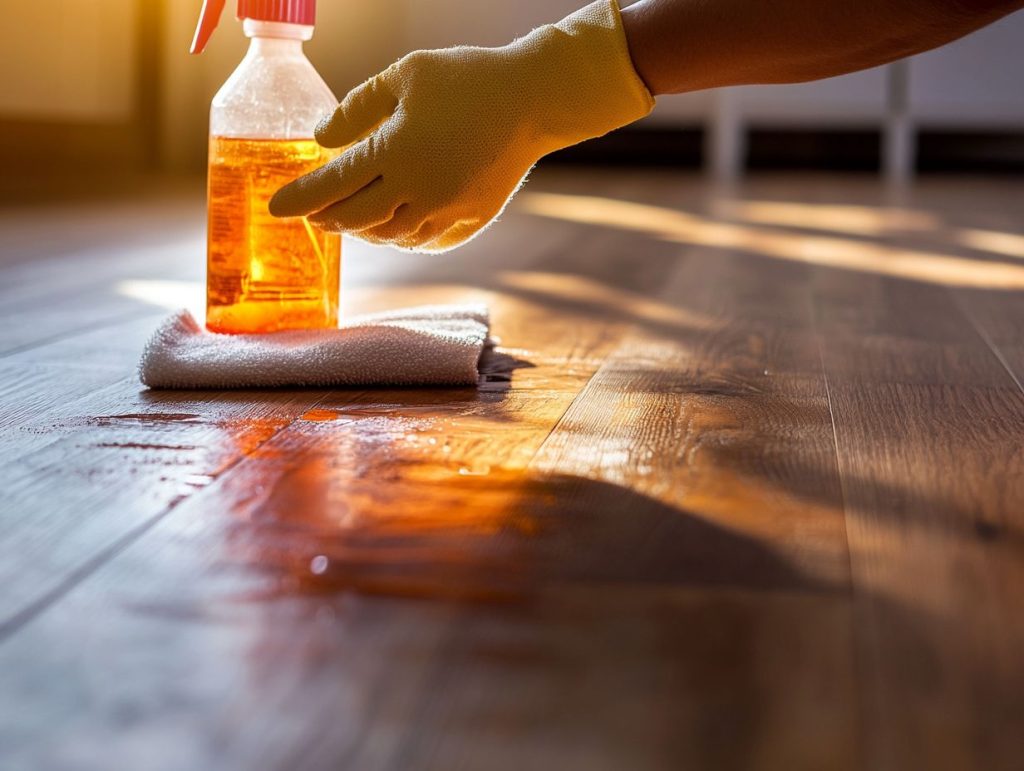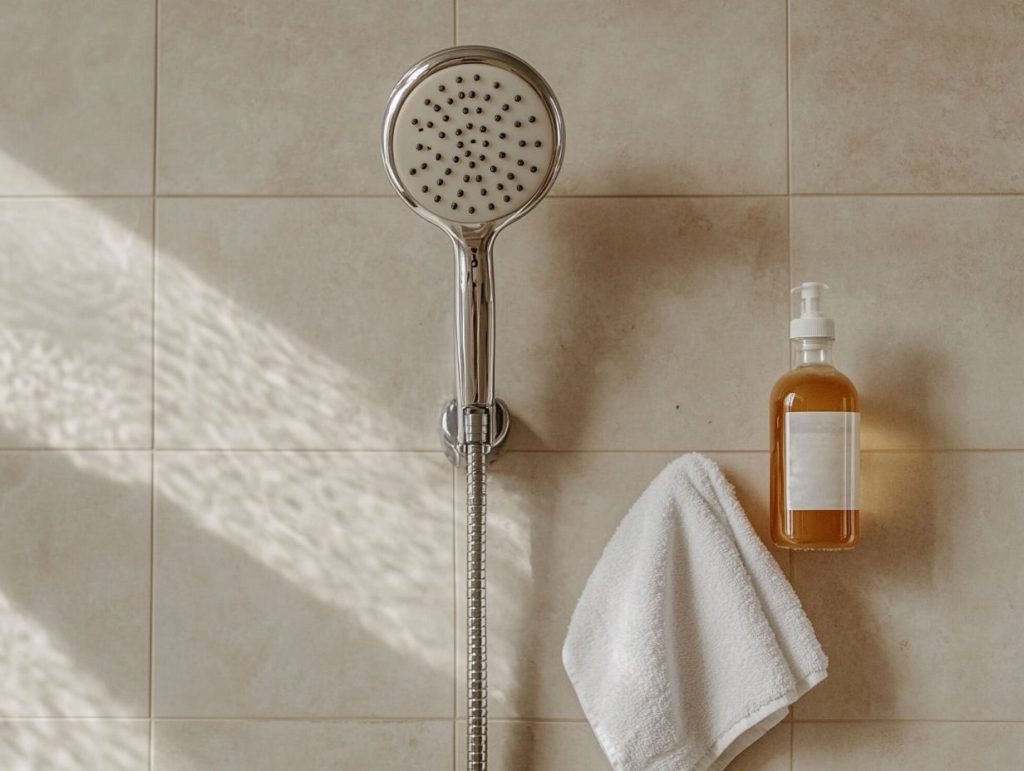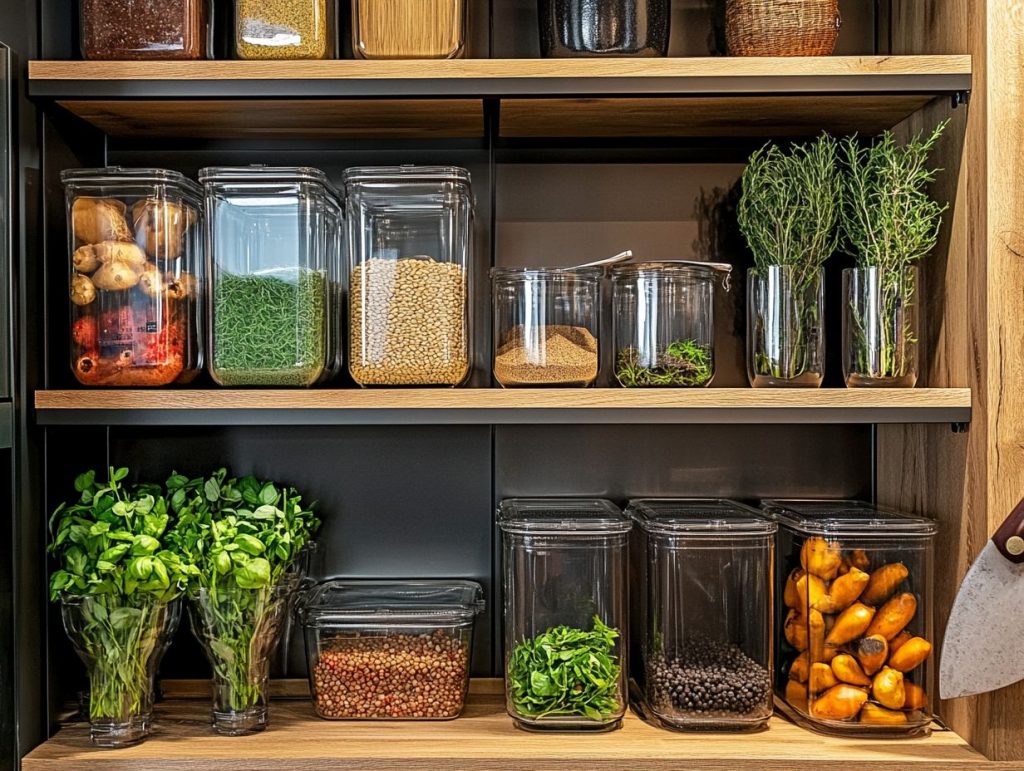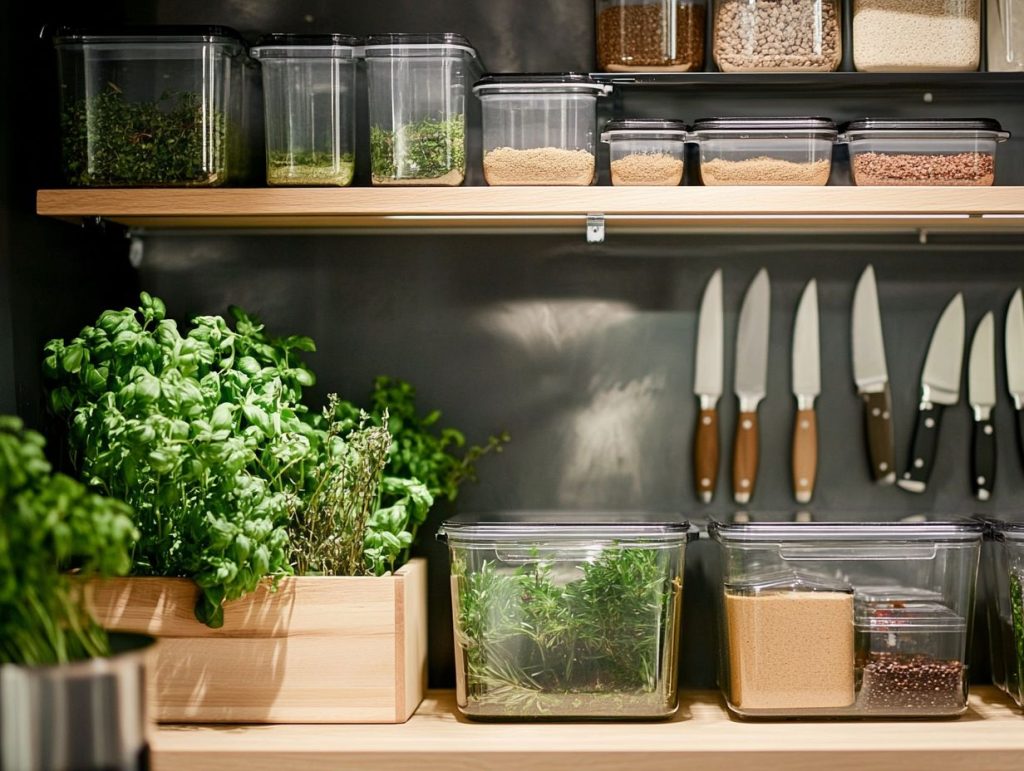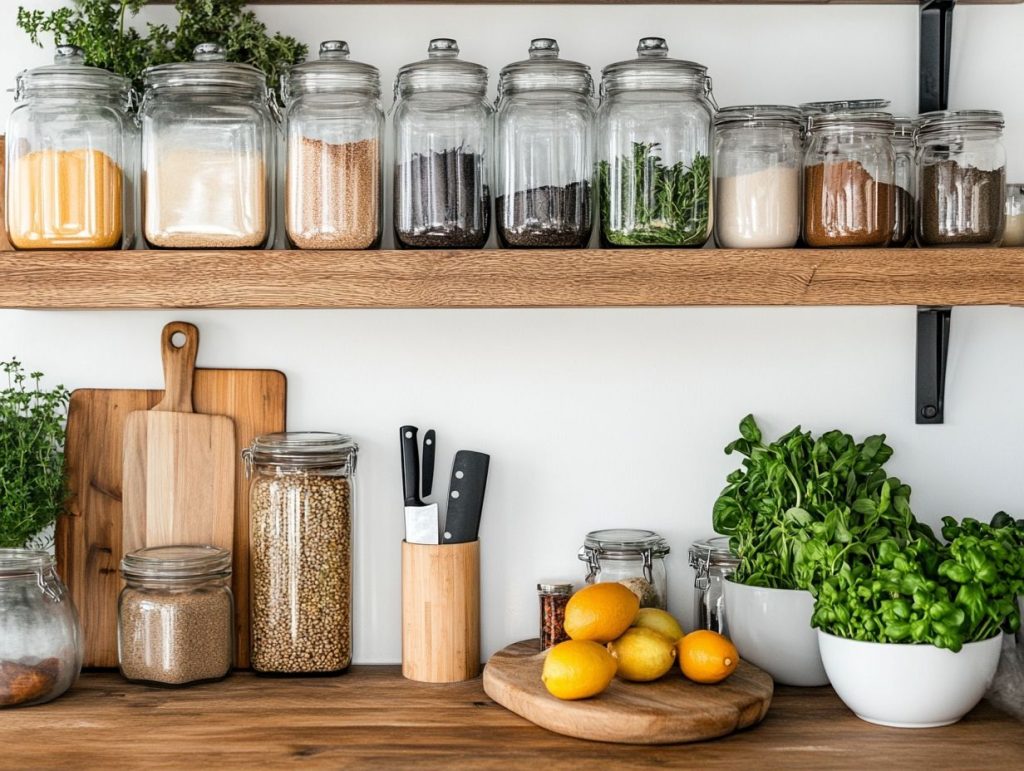How to Keep Your Outdoor Grill Clean After a Cookout
I cannot think of many better ways to spend a late spring or summer evening than gathering friends or colleagues for an outdoor grill party. The smell of grilling steaks, a cold beer in hand, AC/DC booming from the speakers – call me a romantic, but that sounds like an evening well spent. Not so much the day after, when you have to clean the grill.
This article explores the numerous benefits of a clean grill, the essential tools needed, and provides a step-by-step guide to tackle tough grime. I will share some easy, quick tricks to streamline your cleaning efforts and increase efficiency.
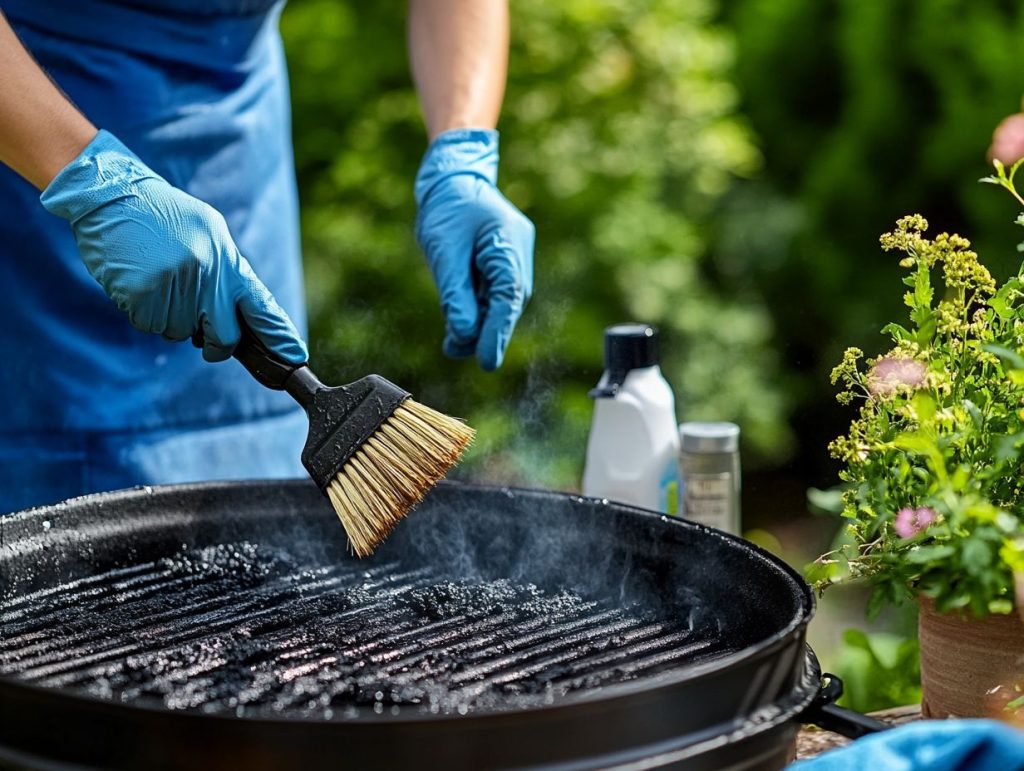
Why Cleaning Your Grill Matters
Cleaning your grill is key to a safe and enjoyable outdoor cooking experience. A clean grill enhances the flavour of your grilled foods and ensures that harmful food residue and burnt grease don’t interfere with your health during barbecues.
When you regularly clean your grill, you will notice improved performance and longevity, which makes it an essential part of your outdoor entertaining setup. Whether you have a charcoal grill or a gas grill, understanding the importance of grill maintenance will help keep your outdoor kitchen in top condition and ready for any spontaneous barbecue.
Benefits of Regular Cleaning
Maintaining a regular cleaning schedule for your barbecue enhances its performance and lifespan. By consistently removing grease and food particles, you not only boost your barbecue’s efficiency but also create a healthier cooking environment. This proactive approach helps prevent rust and other damage, making your barbecue last longer. Plus, a clean barbecue means you enjoy that perfect smoky flavour whenever you fire it up for a cookout.
A well-maintained barbecue also minimises flare-ups, which can be a serious safety hazard during outdoor grilling sessions. When the barbecue surfaces are clear of built-up residues, the heat gets distributed more evenly, leading to consistent cooking results.
And let’s be honest—keeping your barbecue clean makes post-cookout cleanup a doddle, giving you more time to savour those delicious meals you’ve whipped up. By incorporating regular cleaning practices, you’re not just enhancing safety and efficiency but also maximising your enjoyment of grilling, allowing you and your friends to focus on great food and even better company.
Materials Needed for Cleaning
Gathering the right materials to make cleaning your grill a doddle is crucial to effectively cleaning it. Having the right tools, such as a grill scraper and a grill brush, means you can tackle even stubborn burnt-on bits of grease and food residue.
Safe cleaning products—such as a vinegar solution or a gentle soap and water mix—will keep your grill hygienic without damaging its surfaces. Don’t forget to stock up on cleaning wipes and non-toxic cleaners for quick touch-ups when needed!
Essential Tools and Supplies
Having the right barbecue tools makes cleaning your grill efficient and enjoyable. You’ll want a sturdy grill brush for scrubbing down that cooking surface, a grill scraper for tackling tough grime, and rubber gloves to protect your hands. And don’t skip the cleaning wipes for those quick touch-ups or the scrub pad for those tricky spots. With these tools in your arsenal, your grill maintenance routine will be a breeze, helping you create a clean and safe grilling environment.
By arming yourself with these essentials, you can take on any mess with confidence and ease.
- For instance, the grill brush has durable bristles that not only remove food particles but also help prevent flare-ups by keeping the cooking surface clean.
- When stubborn stains show up, the grill scraper is your go-to mate. It easily dislodges baked-on residue like it’s no big deal.
- And those rubber gloves? They provide a barrier to tackle messy tasks without worrying about greasy hands.
- Perfect for those spontaneous summer gatherings, cleaning wipes are your quick fix for any minor spills or splatters that might happen while grilling.
- Plus, a scrub pad can reach all those intricate nooks and crannies, boosting the longevity of your grill and the quality of the meals you prepare.
Using these tools guarantees that your grilling experience is inviting and safe for everyone.
Step-by-Step Guide to Cleaning Your Grill
Cleaning your grill might seem overwhelming, but it doesn’t have to be. Follow a simple step-by-step guide, and you’ll be ready to go.
Start by looking at your grill to spot any areas that need extra TLC, whether it’s the grill grates, drip tray, or exterior surfaces. Keeping your grill in tip-top shape gives you a cleaner cooking environment and makes your outdoor grilling experience much smoother.
Stick to a reliable cleaning routine, and you can enjoy grilling without worrying about health or safety concerns.
Pre-Cleaning Preparation
Before you clean your barbecue, it’s incredibly important to organise yourself for a thorough and efficient process. Start by checking your barbecue accessories to make sure you have all the cooking tools you need within reach. Give your barbecue cover a once-over to ensure it’s clean, and remove any protective coverings that might get in the way. A tidy outdoor space will make your task much easier, allowing you to focus on achieving that spotless, hygienic barbecue.
This little bit of organisation makes things smoother and helps you avoid missing any crucial steps in your cleaning routine. Take a moment to inspect the barbecue grates, burners, and any other parts for that pesky accumulated grease or residue.
Gathering all your cleaning products, brushes, and cloths before you start helps create a seamless workflow, ensuring every nook and cranny gets the attention it deserves. A thorough inspection may uncover potential issues that need fixing, ultimately leading to a longer-lasting and cleaner barbecue.
By approaching the cleaning process with a game plan, you’ll set the stage for a safer cooking environment and enhance your outdoor culinary adventures.
Cleaning the Grill Grates
Cleaning the grill grates is one of the most important steps in keeping your grill performing well and remaining hygienic. Start by applying a cleaning solution specifically meant for grease removal. This will help loosen any burnt-on grease and food particles.
This step is crucial because any residue left behind can affect the taste of your food and even lead to quicker wear and tear on your grill. After giving the solution some time to work its magic, grab a grill brush suitable for the material of your grates. This way, you will clean effectively without scratching anything.
If you are dealing with stubborn residues, do not hesitate to use a scraper tool for a deeper clean. Once you have scrubbed those grates clean, a good rinse with water will wash away any leftover solution and debris, leaving you with a spotless surface for your next barbecue gathering.
Cleaning the Drip Tray and Bottom of the Grill
Don’t overlook the importance of cleaning the drip tray and the bottom of your grill. These areas can collect grease and food particles that might interfere with performance and hygiene. Use a suitable cleaning method to tackle any residue—don’t hesitate to grab a degreasing solution if you need it.
This entire cleaning process keeps your grill in excellent condition. It enhances food quality and safety. Start by carefully removing the drip tray, ensuring you do not spill any collected grease. Rinse it under warm water and gently scrub it with a soft brush or sponge to tackle any stubborn buildup.
For the bottom of the grill, take a quick look for debris and use a scraper or cloth to wipe it down. Regularly checking the drip tray will help prolong your grill’s lifespan and maintain consistent cooking temperatures, leading to a significantly better grilling experience overall.
Cleaning the Exterior of the Grill
Cleaning the outside of your barbecue is just as important as keeping the insides in check. A well-maintained barbecue adds to the vibe of your outdoor space. Start by picking a good stainless steel cleaner or a gentle cleaning solution to wipe down the surfaces. This will help you get rid of any grease splatters or food particles. Regularly tidying up the barbecue’s exterior not only boosts its appearance but also helps prevent rust, which can extend its lifespan.
To kick things off, grab a soft cloth or sponge to avoid scratching the surface. Spray the cleaner onto the cloth instead of directly onto the barbecue to prevent soaking it too much.
Don’t forget to pay special attention to the knobs and handles; those little parts tend to collect grime over time. If you encounter stubborn spots, a scrubbing brush with soft bristles can do wonders without ruining the finish.
Once you’re done cleaning, think about applying a protective polish made for outdoor appliances. It provides an extra layer of defence against the elements.
Regular cleaning also helps spot potential issues early on, ensuring that your barbecue stays the star of your outdoor gatherings for years.
Tips for Maintaining a Clean Grill
You’ll want to take a proactive approach with consistent maintenance and a solid cleaning schedule to keep your barbecue clean and ensure it performs at its best. Regularly checking your barbecue accessories and using safe cleaning products can boost hygiene and safety during outdoor gatherings.
By following these tips, you’ll set yourself up for a hassle-free cooking experience, allowing you to focus on enjoying those delicious meals with friends and family.
Regular Maintenance and Preventive Measures
Regular maintenance habits are essential for keeping your barbecue in top shape and extending its lifespan. By routinely checking for signs of wear and tear, you can take preventive measures that help maintain its efficiency. This means regularly cleaning the barbecue grates, drip trays, and exterior surfaces to prevent rust and ensure everything performs well during your cookouts.
Along with cleaning, inspecting components like burners and hoses for blockages or leaks is very important since it can seriously impact your cooking quality and safety. Always preheat your barbecue before cooking to burn off any leftover residue from previous meals.
If you’re considering a protective cover during the off-season, that’s a great idea! It shields your barbecue from the elements and helps it last longer. Don’t forget to check and replace worn-out parts regularly; using the right tools and following the manufacturer’s guidelines can make this much easier.
Adopting these habits will help ensure your grilling experience is delightful and eliminates unnecessary hiccups.
…

